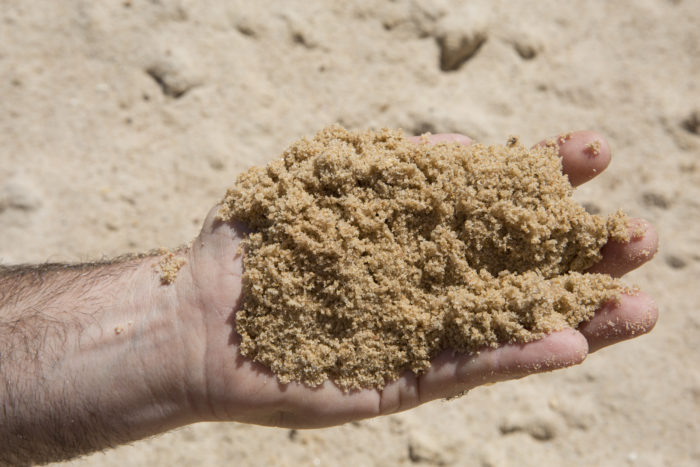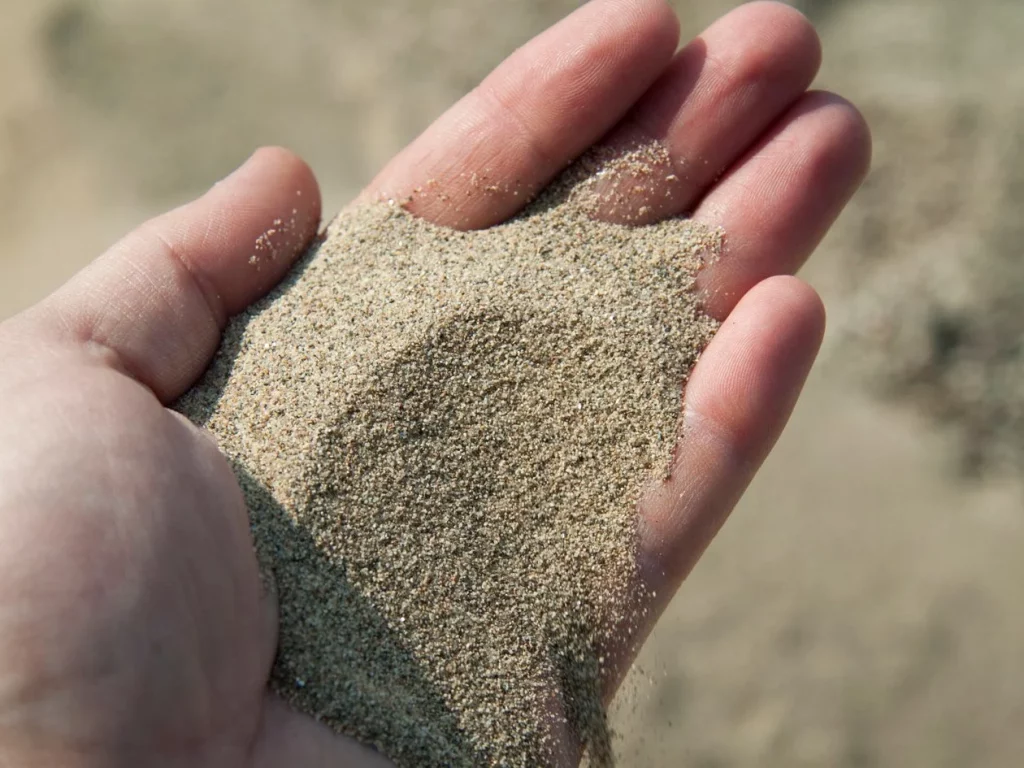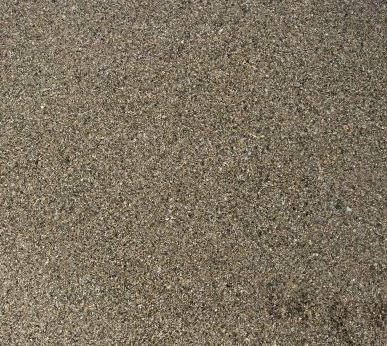When you think of building materials, what comes to your mind? It’s most probably stone, cement, steel bars, etc. However, one other material is fundamental to construction: sand. When mixed with other construction materials, it provides strength and adds bulk. Its tenacious properties make it vital for building materials.
At Graana.com, Pakistan’s smartest property portal you can find many informative blogs regarding construction materials.
Sand has been used in construction materials for ages. It is mainly obtained from the sea, beach, river, and desert. There are many different types of sand, and each serves another purpose.
It’s crucial to know the kinds of sand because you will decide which one would be suitable for your project based on that.
Types of Commonly Used Sands For Construction
Sand is classified into different types based on its grain size, color, shape of granules, binding power, bulk, and price.
Concrete Sand

Following are the characteristics of concrete sand.
Source
As the name suggests, concrete sand is made from crushed concrete. After crushing, the sand is filtered to remove impurities and larger fragments. It mainly consists of limestone, granite rock, and gneiss.Nature and Shape
It is coarse and has relatively smaller particles than crushed stone sand. Its particles are sharp and angular in shape, making them rough and less absorptive.
Use
After mixing it with water and cement, it is used for constructing patios, sidewalks, etc. Other than that, some other uses of concrete sand include leveling medium, bedding pipe, and de-icing.
Pit Sand
Following are the characteristics of Pit sand.
Source
Pit sand is found naturally in deep pits about 2 to 3 meters underground.
Nature and Shape
It is also coarse sand with sharp, rough, and angular grains, enabling it to have the perfect binding properties. It is reddish-orange as it contains iron-oxide in it. It usually has zero salts in it compared to sea sand.
Use
Due to this reason, it absorbs less moisture, hence making it more suitable for building and construction purposes by different construction companies. Its binding properties make the buildings rigid and stronger.
River Sand

Following are the characteristics of River sand.
Source
The other name for river sand is natural sand. It is found naturally near the streams and banks of rivers.
Shape and Size
It is white-grey and has a really fine structure. Because of its particles’ extremely fine form and softness, it is in high demand for construction works.
Uses
Mainly it is used for construction, masonry work, RCC, plastering, block works, etc. It requires less water because of the already trapped moisture in its particles.
It is cheaper than other types of sands because it is found naturally. You need to keep it in mind before using it for construction to make sure that it has less than 5% silica because it generally tends to have higher amounts of silica in it.
Manufactured or M-Sand
Following are the characteristics of M-sand.
Source
It is an artificial type of sand that is manufactured in factories. It is used mainly as a substitute for the fine river sand. With the rise in the demand for fine quality sand, M-sand has been used more and more.
One significant advantage of using this sand is that it cuts the cost of transporting the natural sand from rivers to the construction site. Hard granite goes through crushing, sieving, and washing, and then this is formed.
Shape and Size
Its granules are angularly shaped, which helps in creating an excellent bonding when used in construction material.
Uses
It requires a high amount of water, but it can be compensated by using cement. Because being manufactured artificially in the factories contains zero silt or any other forms of impurities.
Besides being economical, it has fewer chances of adulteration because it’s being prepared under control conditions.
Mortar Sand

Mortar sand is also called masonry sand. It is widely used for landscaping and construction. Masonry sand is often used in construction.
Shape and Size
Because it has almost the same-sized grains, it has a smooth and fine structure.
Uses
Besides masonry work, it is also used for many other purposes, particularly for exterior finishings because of its nice appearance.
Fill Sand
Following are the characteristics of Fill sand.
Source
As the name tells us, fill sand is mainly used in construction work for serving. Many different sand grains are mixed with aggregate to get this sand. Particularly, it is all finely crushed rock particles that have gone through the process of erosion.
Uses
It is a perfect base material for the construction of buildings because of its compaction properties. It can also be used as a backfill to stop the drainage in underground concrete tanks.
No matter what type of sand you choose for your project, some things must be considered. The silt material should always be less than 3%, and there should be no traces of any kind of impurities. Also, you should analyze the sand type that you are buying and check whether it’s suitable for your project or not.
As it is one of the basic materials used for construction, your carefully chosen sand type can make a difference to the structure’s strength and durability.
Visit Graana blog for more information.




